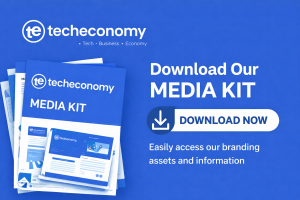Article by: Israel Odumesi
Building digital products for African markets is a unique challenge that requires careful consideration of the continent’s diverse cultures, economies, and technological infrastructure. Africa is a continent of 54 countries, each with its own distinct culture, language, and socioeconomic conditions.
This means that there is no one-size-fits-all approach when it comes to designing and developing digital products for African markets.
One of the unique challenges in building digital products for African markets is the continent’s technological infrastructure. While many African countries have made significant strides in recent years, internet penetration rates remain low in many areas. This means that digital products need to be designed with limited bandwidth in mind and should be accessible across a range of devices, including feature phones.
Another challenge is the diversity of languages spoken across the continent. While English, French, and Portuguese are widely spoken, there are also hundreds of local languages that are used by millions of people.
This means that digital products need to be localized and translated into multiple languages to reach a broader audience. This requires a deep understanding of the local cultures and customs to ensure that the translations are accurate and culturally appropriate.
Another unique challenge in building digital products for African markets is the low levels of financial inclusion in many countries.
According to the World Bank, more than half of adults in sub-Saharan Africa do not have access to formal financial services. This means that digital products need to be designed with alternative payment options in mind, such as mobile money and pay-as-you-go models.
Despite these challenges, there are also significant opportunities when it comes to building digital products for African markets. Africa has one of the world’s youngest populations, with more than 60% of the population under the age of 25. This means that there is a growing demand for digital products that cater to the needs and interests of young people.
Another opportunity is the continent’s growing middle class. According to the African Development Bank, the African middle class is expected to reach 1.1 billion people by 2060, presenting a significant market opportunity for digital products and services.
There is also significant potential for digital products to address some of the continent’s pressing challenges, such as healthcare, education, and agriculture. For example, mobile health (mHealth) solutions have the potential to improve access to healthcare services and reduce the burden on the healthcare system. Similarly, e-learning platforms can help to address the continent’s education challenges by providing access to quality education for those who are unable to attend traditional schools.
Building digital products for African markets requires a deep understanding of the continent’s diverse cultures, economies, and technological infrastructure. It presents unique challenges such as limited bandwidth, diverse languages, and low levels of financial inclusion, but also significant opportunities due to the continent’s growing young population, expanding middle class, and potential to address pressing challenges. Digital product developers must approach African markets with a tailored and nuanced approach, taking into account the specific needs and circumstances of each country and community they serve.
About the writer:
Israel Odumesi is a product manager with a project management background. He has managed projects for multiple companies and is now dedicated to building the best digital products that consumers are eager to use.







